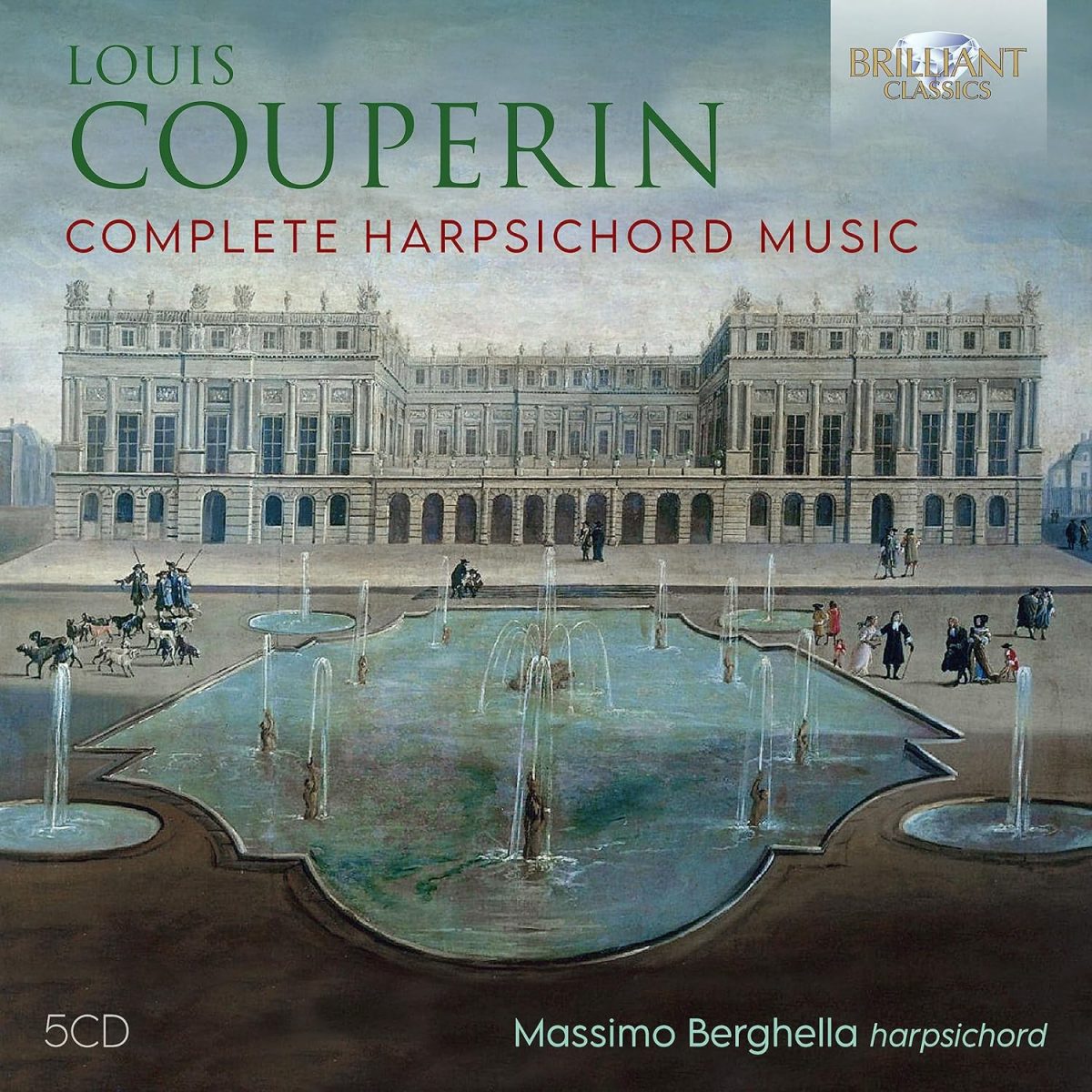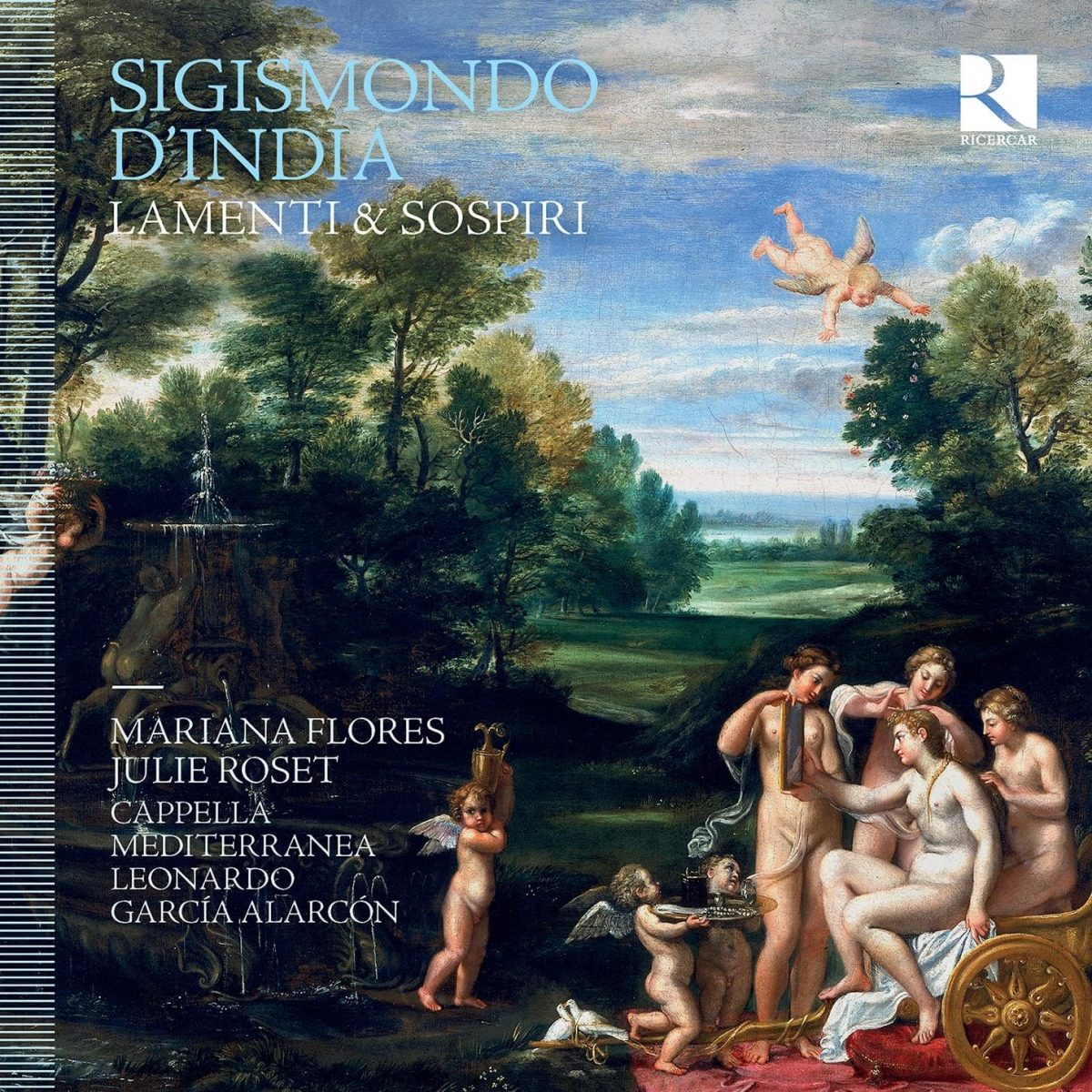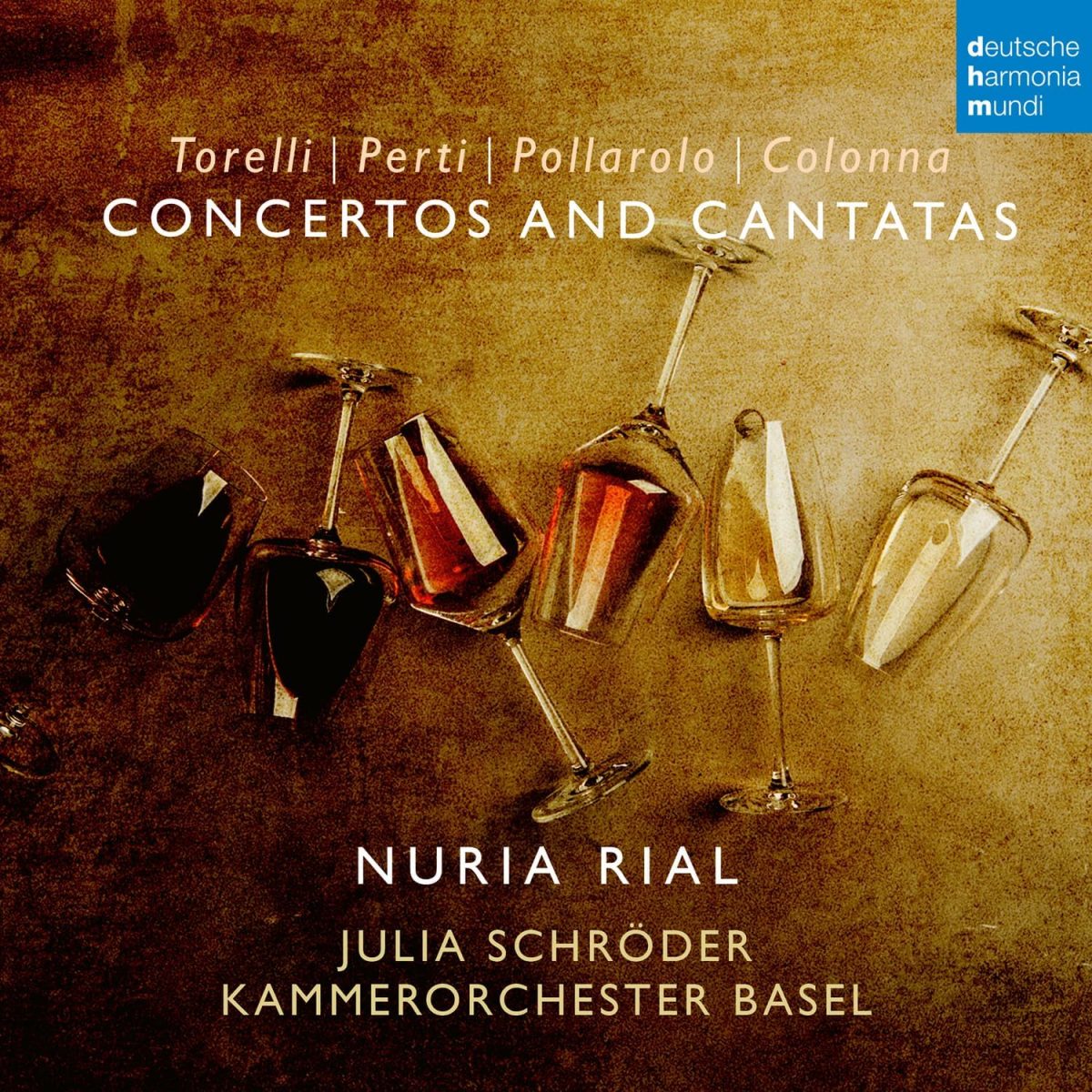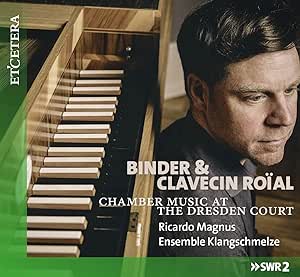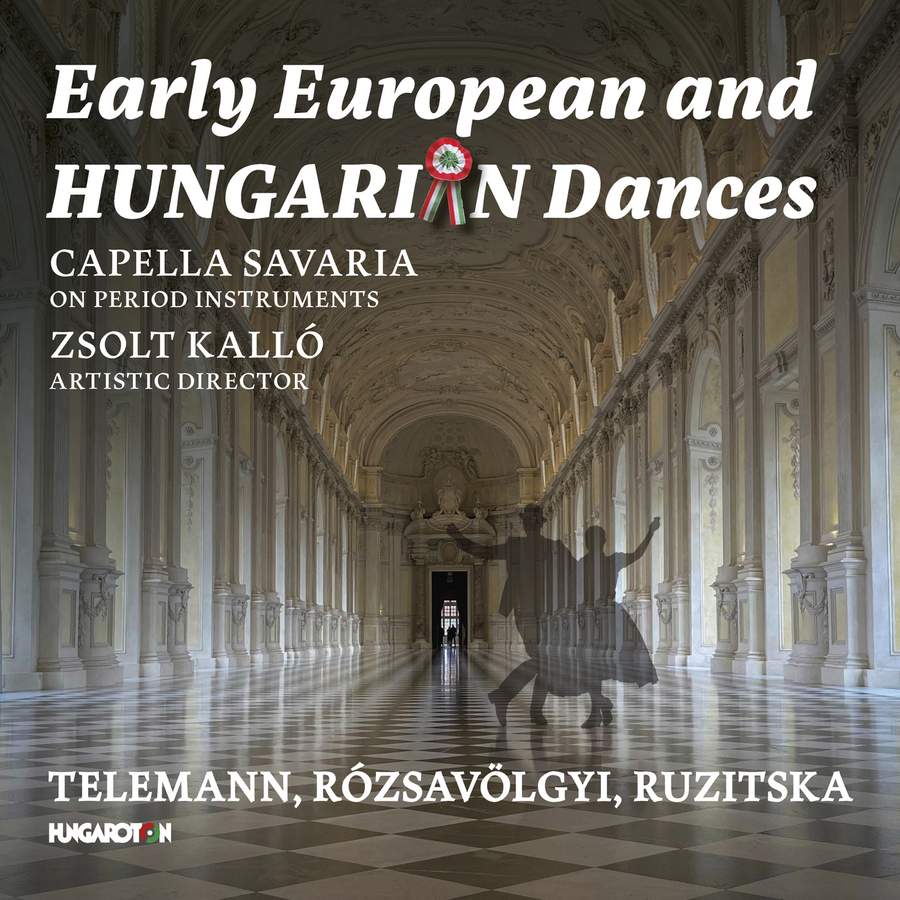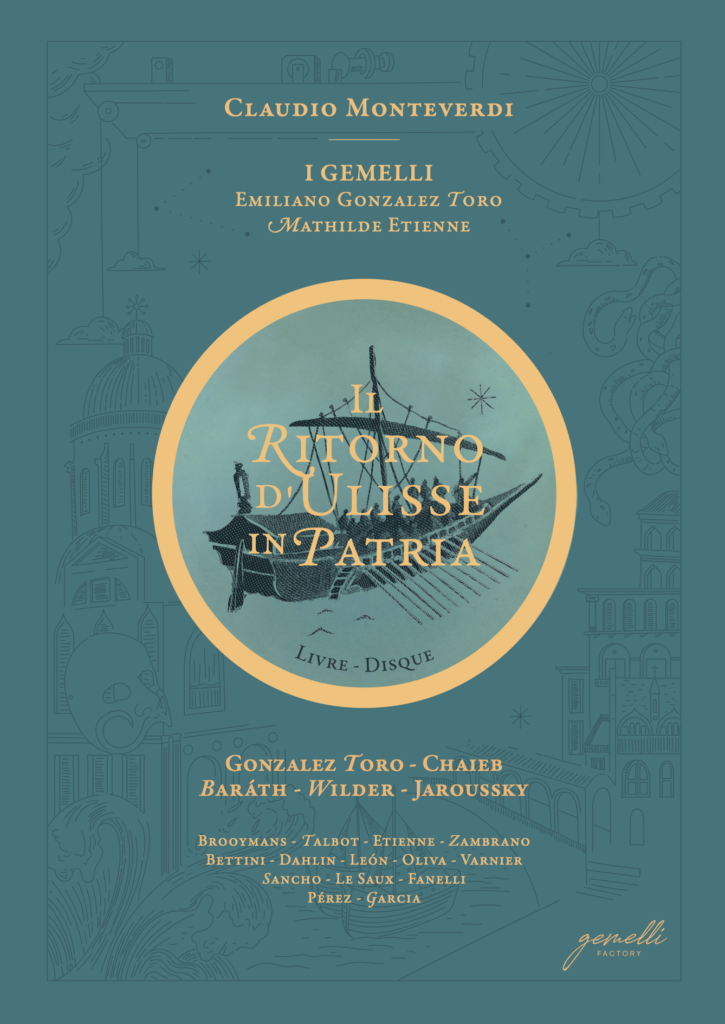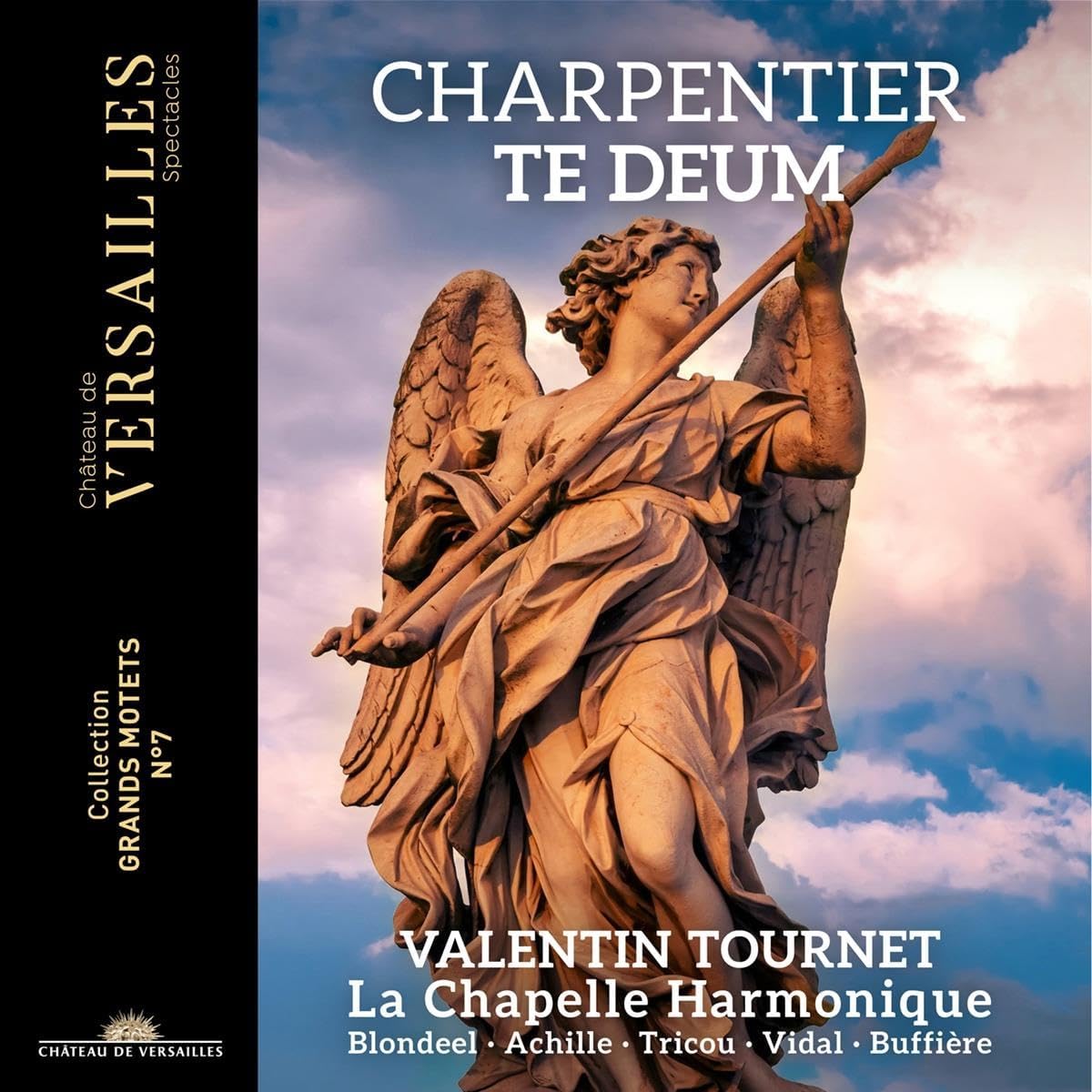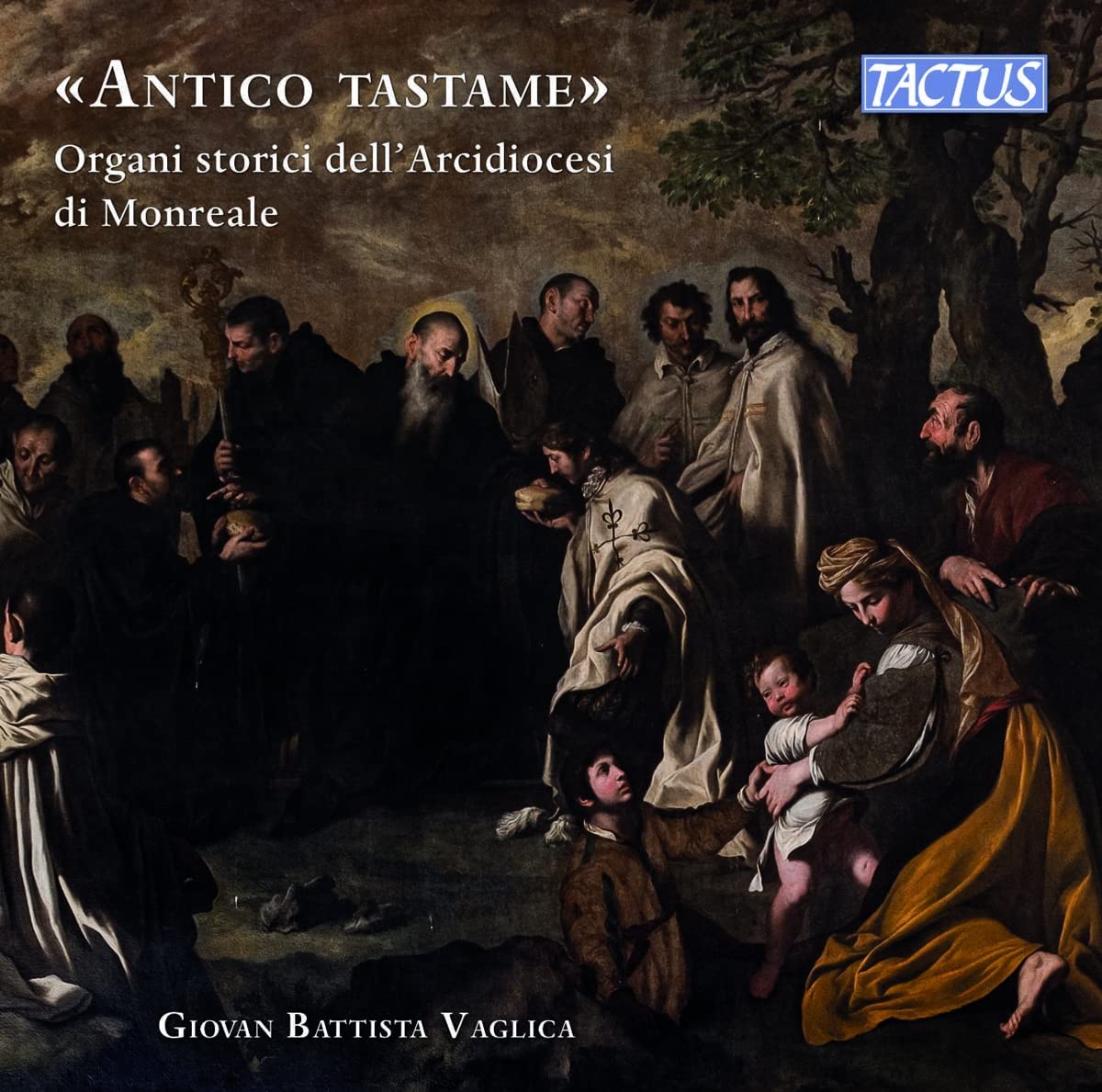Christina Fanelli Amore, Lauranne Oliva Giunone, Fortuna, Emőke Baráthe Minerva, Rihab Chaieb Penelope, Alix Le Saux Ericlea, Mathilde Etienne Melanto, Philippe Jaroussky L’Humana fragilità, Anders J Dahlin Pisandro, Philippe Talbot Eumete, Zachery Wilder Telemaco, Emiliano Gonzalez Toro Ulisse, Fulvio Bettini Iro, Álvaro Zambrano Eurimaco, Anthony León Anfinomo, Giove, Nicholas Brooymans Tempo, Antinoo, Jérôme Varnier Nettuno, I Gemelli, conducted by Emiliano Gonzalez Toro
177:00 (3 CDs)
Gemelli factory GEFA006
Emiliano Gonzalez Toro’s Monteverdi Orfeo won high praise from me when it was released on Naïve in 2020. He has now turned his attention to Il ritorno d’Ulisse in patria, Monteverdi’s penultimate opera, first staged at the Teatro San Giovanni e Paolo in Venice in 1640 to a libretto by Giacomo Badoaro. The set is the first to be issued under the name of the ensemble founded by Gonzalez Toro and artistic director Mathilde Etienne, who is excellent in the role of the lascivious maid Melanto. It is an extraordinarily lavish affair issued in book form, with the English edition consisting of 234 pages printed on high-quality paper. There are no fewer than five major articles including an interview with Etienne and Gonzalez Toro and a highly speculative piece peppered with inaccuracies (San Cassiano, Venice’s first public opera house was not purpose-built for opera but adapted from an existing theatre and so on) on the history of Monteverdi’s operas and their supposed debt to the commedia dell’arte, Orfeo excepted. Nowhere are the considerable doubts that surround the attribution of Il ritorno even mentioned in the interview or the other articles. On a practical level the libretto, the most essential bit of literature for most people, is paradoxically printed in a smaller – and in English lighter – font than the articles, making it difficult to follow.
The lavish presentation seems to be of a part with that devoted to the production itself, which was recorded over a 23-day period, an astonishing amount of time these days. The cast list, too, speaks of generous support for the project, with no fewer than 17 different singers to cover 20 roles. Furthermore, four very brief scenes that were not set by Monteverdi (or any collaborator he may have employed) have been composed especially, that for Nereids and Sirens (act 1, sc 3) being particularly appealing. It might seem, therefore, that the scene is set to report another great success to set alongside the I Gemelli Orfeo. And indeed there are certainly things to commend, but Il ritorno is not Orfeo, which poses relatively few problems to a director if they follow the composer’s beautiful printed score – a rarity for the period – and detailed instructions as to instrumentation. While Orfeo still has slightly more than one foot in the Renaissance, ll ritorno is an unashamedly Baroque opera posing all kinds of problems that need solving by anyone mounting it.
It is the failure to provide satisfactory answers to two of the most important of these questions that to my mind mars this set considerably. The first concerns instrumentation. Gonzalez Toro has gone for a large orchestral body of some 30 players, far exceeding the pair of violins, bass and modest continuo most authorities accept is the norm for mid-century Venetian opera. As Gonzalez Toro makes clear in the interview he is well aware that his orchestra is not historically accurate, rather lamely suggesting that since the first score of the opera to be re-discovered was in Vienna, where the court employed a sizable number of instrumentalists, the work may have been given there. There are in fact two good reasons for the modest scoring of Venetian operas of this period. The first is practical. The explosion of interest in opera in Venice (and subsequently elsewhere) resulted in a number of new opera houses being built in Venice. Invariably they were small and we know from surviving designs and images that the ‘pit’ (often an inverted shell-like structure) would have been incapable of housing more than some half-dozen instruments comfortably. The second is the more important because it concerns the nature of operas of the period, which relied heavily on the heightened recitative or recitar cantando, songs or more lyrical passages being only occasionally introduced. Such writing, as is the case with the later plain recitative that evolved, needs only the support of the continuo bass. To add fuller instrumentation to vocal writing risks obscuring the all-important vocal line. That’s what happens here far too frequently. For a single example from among many go to act 1, sc 5 and 6, where first Neptune is swamped by sackbuts, then Jupiter is drowned out by cornetti not just playing but adding agile improvisation that ensures it is impossible to hear what the god is singing. Certainly there is no prima le parole, dopo la musica here and it is surprising to find a musician with Gonzalez Toro’s experience with this repertoire making such a fundamental error.
Equally as surprising is that he chose for the critical role of Penelope – Ulisse’s long-suffering wife – a singer who had never previously performed Baroque repertoire. Rihab Chaieb is a young Tunisian-Canadian mezzo who has been making waves in later repertoire – go to YouTube and listen to her beautiful, glowing voice soaring in Richard Strauss. But the casting experiment fails disastrously. Much of the role lies just under what I would guess to be the ‘break’ in her voice, where there is little colour and none of the dramatic personality the role requires. Both in the opening monologue and the final reconciliation with her husband, this Penelope misses point after point and is not within hailing distance of the superlative performance by Lucile Richardot in the Versailles set under Stéphane Fuget, a set I have described elsewhere as setting new standards of performance for this repertoire.
Let’s turn to what is good. The set is directed by Gonzalez Toro with a keen awareness of tactus, which means he obtains a fluent flow with plenty of scope for flexibility within the beat. To hear this at its best, listen to Ulisse’s opening monologue (act 1, sc 7), where the warrior awakes, finding himself on a beach after the Phaeacians are shipwrecked. Here the stream of thought and reaction is brilliantly echoed through the constant screwing up and subsequent release of tension. Throughout the tenor’s singing and portrayal of the role is as outstanding as his Orfeo; if less spectacular than that achievement that is only because the role itself is.
It is not my intention to minutely detail every singer’s performance, not least because some of the singing is more than acceptable without being especially notable. This is no doubt because of the director’s declared belief that additional ornamentation to that already provided by Monteverdi is not required. Given the poor articulation of some of what there is, he may be right, but it contributes to some rather featureless performances. Among those that are certainly not featureless are the bright, lively Minerva of Emőke Baráth, the Antinoo and Tempo (Time) of Nicolas Brooymans, the Anfinomo and Giove of Anthony León and the ripely comic Iro (which is a true commedia nell’arte) of Fulvio Bettini). Also commendable is the splendid madrigalian singing of the suitors in their trios of act 2, sc 13 and the choral passages generally.
So much has gone into the making of this set that it seems churlish to conclude by reiterating that it is flawed by what are in my view two serious errors of judgment. Admirers of Gonzalez Toro (of whom I count myself as one) will certainly wish to hear it, but for a general recommendation the recording cannot compete with that of Fuget.
Brian Robins
